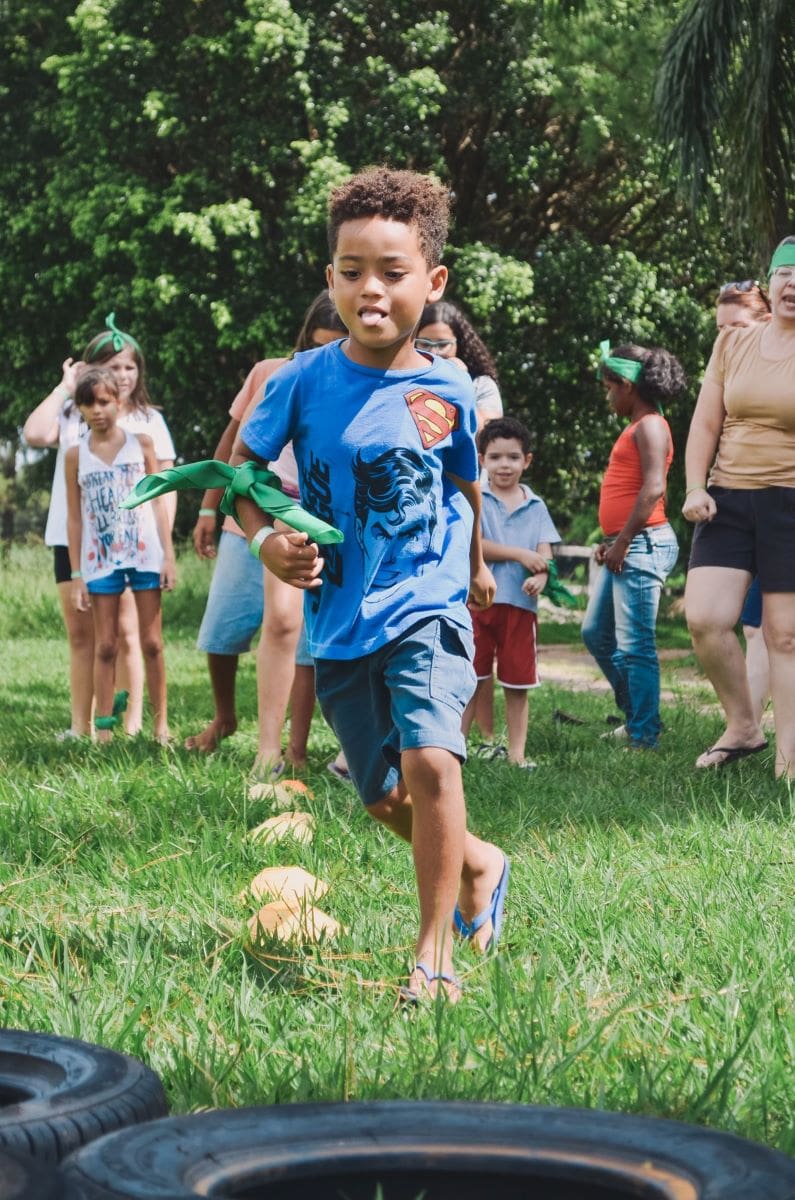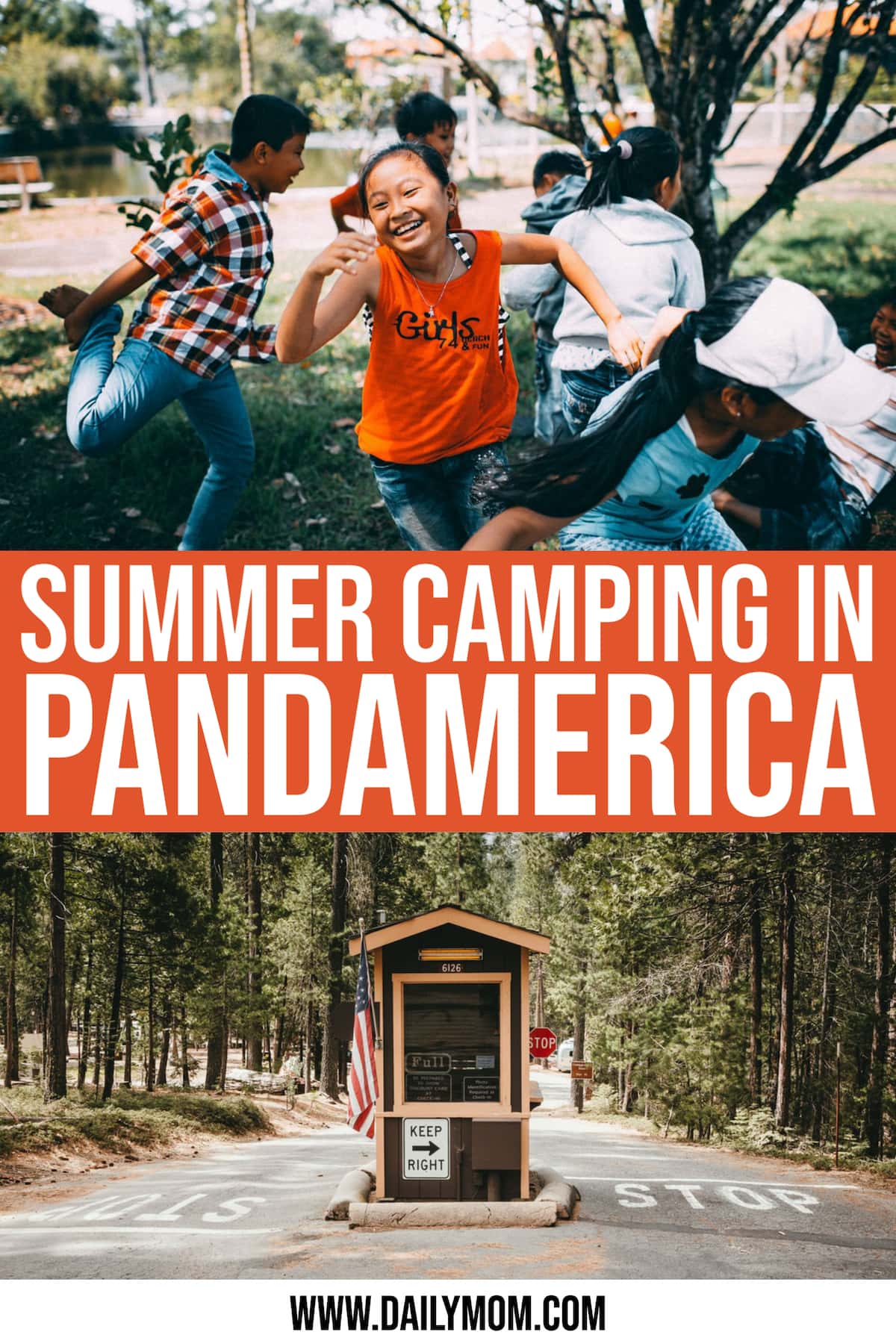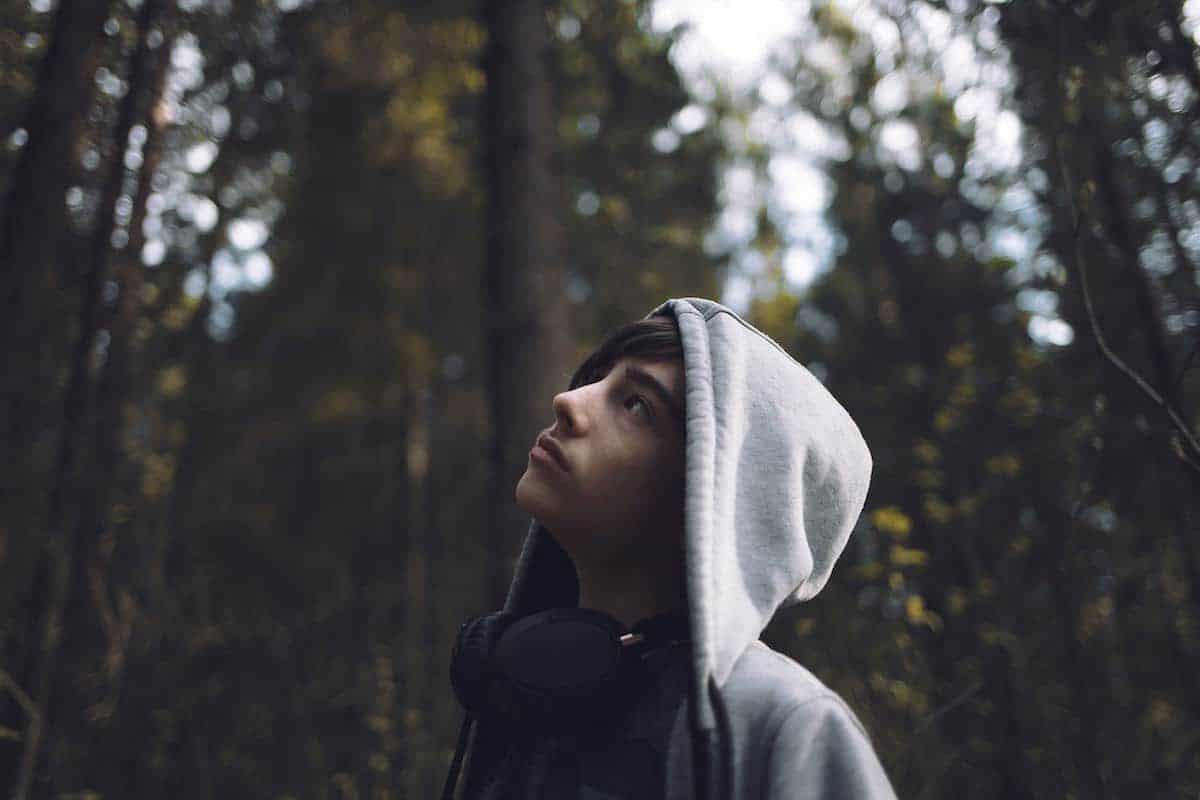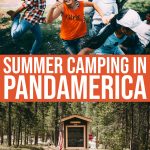The end of last school year and beginning of the next echo the same giant question: What do we do now? Moms who relied on a couple of weeks of camp to teach kids a skill, expand their points of view, socialize with new people, receive childcare, or just get a break from them after 3 months of lockdown, are in a pickle as they try to figure out “what will the kids do this summer” in PandAmerica. It sounds like a trip toward pandemonium, but a look at the history of summer camping in America and the effects of SARS-CoV2 on how that history is being written now is worth a trip.
Summer Camping in 2020

An Incomplete History of American Summer Camping
Summer camps in America were a 19th-century result of the Industrial Revolution. As formerly agriculturally subsistent families moved to cities for employment, kids spent more time indoors or in neighborhoods in cramped conditions compared to the country. Outdoor work on the farm was replaced by formalized education in school buildings, and outdoor play wasn’t the same in community dwellings with limited safe outdoor spaces. Back when the Environmental Protection Agency didn’t exist to reduce industrial toxic emissions, kids could get sick playing outside. Amongst the upper class, the persistent indoor play appeared to “effeminate” male children, and a stint outdoors exposed them to “manly” skills like hunting and rowing.
Early summer camping modeled the outdoor work of Native Americans, some of whom had established rituals for young men to achieve rank and “manhood” in their tribes. Early summer camping was geared towards boys with at least an undercurrent of intolerance of homosexuality. Thus, the boys were engaged in socially acceptable masculine activities in this time period, which increased from days to weeks to an entire season, suggesting that it took a lot more time to undo the effeminating effects of the indoors than camp leaders initially expected.
Read more: 10 Camp Songs for Kids
Not to be left behind, female children were also sent to camps in response to the Roaring Twenties. When America flourished after the Industrial Revolution as self proclaimed victors post World War I, a new feminist movement threatened established cultural norms. Girls bobbing their hair and hemlines suddenly needed “training” and were also sent outdoors ironically to learn the domestic arts: sewing, cooking, and all things homemaking. Thankfully, Juliette Gordon Low’s Girl Scouts incorporated previously labeled “male” life skills into its curriculum as well.
Despite the implicit homophobia and exclusivity of male camps early on, the YMCA was the first to sponsor summer camping for kids regardless of color, creed, or ethnicity. Acculturated camps developed specifically for black male children, Quakers, and Jews as they preserved their own traditions. For black led and attended camps, one must wonder how integrated camps were in the first place, but little documentation exists to suggest that they in fact were. As American summer camps grew, so did regulatory bodies like the American Camp Association. Since their first attempts to thwart social and cultural changes, camps now special in a variety of interests and they’ve come a long way in diversifying their campers and leaders, as well as writing improved codes of conduct for adult supervisors.

Read more: Failproof Your Most Outdoorsy End of Summer
Camping in PandAmerica
The American Camp Association has prepared a field guide (read the ACA Field Guide for summer camping 2020) to define how camps conduct themselves this very historic summer. Parents need to make sure the camp they choose this summer has a plan for SARS-CoV2 if it is not a member of ACA. Many pandemic parents are choosing day summer camping to limit contact and prevent their kids from being exposed to SARS-CoV2 from outside of their locale. Decontamination and social distancing is a lot easier if a kid isn’t bunking overnight with 2-6 mates in a closed cabin.
The ACA Field Guide indicates that it is only applicable to camps conducted in “Phase 2 or 3” areas defined by the Centers of Disease Control’s reopening criteria. Simply put, CDC Phase 1 is what New York City experienced early spring: no one out, mass transit closed, mandated masks outside, work from home only, restaurants closed, and lines or appointments to get into essential grocery. Phase 2 is marked by the reopening of childcare and youth activities and Phase 3 is when folks can return to work without prior restrictions. That said, the sad truth is that few states are really in Phases 2 or 3 at this point. In fact, numbers in many areas are going UP nationally, suggesting premature lifting of COVID restrictions has occurred.
The CDC also describes camper risk levels. At the lowest risk are those who socially distance, remain in the same small group or cohort all day, spend most of their time outdoors, and all come from the same locale. So much for kids meeting new friends from near and far! The highest risk is when the campers are from different locales. The CDC encourages cloth face masks when social distancing cannot be maintained for all campers except those under 2 years old, or anyone unconscious or physically unable to remove the mask by themselves. For overnight summer camping, the CDC recommends barriers between beds such as sheets or plastic dividers and sneeze guards everywhere else with a high risk of transmission.
Disposable utensils and plates, to-go meals, and campers’ home-prepared meals are alternatives to safer food distribution at these camps.
Read More: Family Camping Essentials
So how safe are our kids summer camping this year?
The ACA Field Guide also attempts to mitigate SARS-CoV2 transmission risk based on CDC suggestions. In addition to its standard summer camping hygiene protocol, it outlines the CDC cohort model, advises opening cabin windows unless a camper has medical conditions such as asthma or allergies, and provides a protocol for screening, decontaminating, and reporting symptoms. However, much of the guide remains in draft format at this time because many states are not in Phase 3, while some are precariously or erroneously in Phase 2.
It’s still a work in progress, as is PandAmerica. There is currently no guaranteed answer to “Is my kid going to be safe at camp” right now, but at least there are trusted sources working on making it so. Regardless of what summer camping looks like for American families this year, it’ll surely be one for the history books.
Since the intial writing of this article, 82 campers tested COVID positive in Missouri and an Arkansas camp closed its doors after COVID exposure and hasn’t released the number of those who tested positive. As of July 4th, 62% of overnight summer camping experiences were canceled by the camps themselves in response to COVID-19.
WANT TO READ MORE?
If you need some ideas for your super safe family campout, try Camping Games for Kids.
💖 NEWSLETTER: DAILY READS IN YOUR INBOX 💖
Sign up to receive our picks for the best things to do, see and buy so you can relax and focus on more important tasks! Let us help you be the best version of yourself you can be!
GET MORE FROM DAILY MOM, PARENTS PORTAL
Newsletter: Daily Mom delivered to you
Facebook: @DailyMomOfficial
Instagram: @DailyMomOfficial | @DailyMomTravel | @BestProductsClub
YouTube: @DailyMomVideos
Pinterest: @DailyMomOfficial
📌 LOVE IT? PIN IT!📌

Photo Credits: Unsplash.com
Sources: COVID camp closures









































